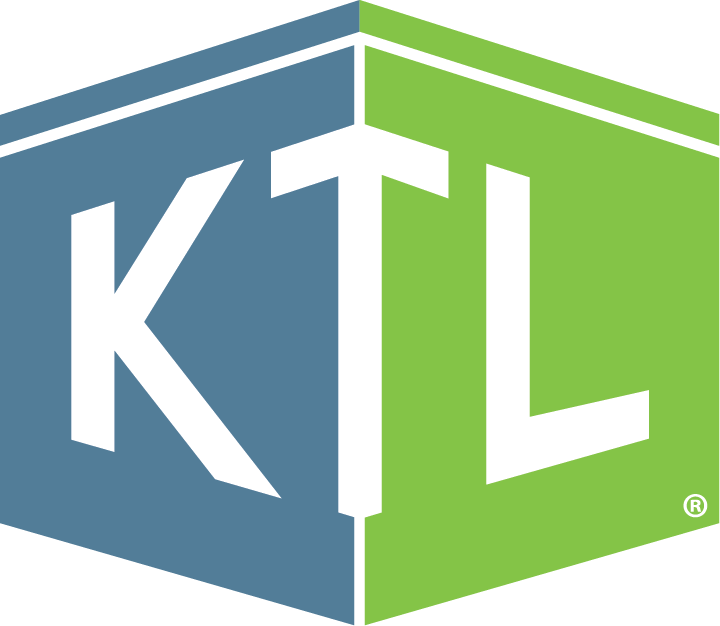
Food Safety
Comments: No Comments
The U.S. Department of Agriculture – Food Safety Inspection Service’s (USDA-FSIS) directive, Ongoing Verification of Product Formulation and Labeling Targeting the Nine Most Common (“Big 9”) Food Allergens, provides instructions to inspection program personnel (IPP) to verify that establishments are controlling and labeling the Big 9 food allergens in meat, poultry, and egg products. On September 11, 2025, USDA-FSIS reissued the directive to include gluten to be verified as an ingredient of public health concern.*
Why Gluten?
Gluten is a protein found naturally in wheat, rye, and barley. Many products contain gluten. According to the USDA, if meat, poultry, or egg products contain any of the following, they likely contain rye or barley and, subsequently, gluten:
- Malt extract
- Malt vinegar
- Rye flour
- Whiskey
- Malt flavoring
- Brewer’s yeast
- Barley flour
- Beer
- Malt syrup
- Yeast extract
- Soups
- Malted milk
- Spent grains
- Brown rice syrup
The National Institute of Health (NIH) estimates there are approximately two million Americans and one percent of the population worldwide who have celiac disease, an auto-immune disease triggered by consuming gluten-containing foods—plus many more with gluten sensitivities and intolerances. As such, the USDA considers gluten an ingredient of public health concern; however, it is not designated a Big 9 major food allergen (though wheat is). Even so, the updated USDA-FSIS directive now requires IPP to verify that establishments are accurately controlling and labeling gluten similarly to the Big 9 allergens.
Formulation Verification
The USDA-FSIS conducted analyses of voluntary recalls connected to undeclared allergens and determined the following:
- Many voluntary recalls occurred due to changes in ingredient suppliers, products in the wrong package or with misprinted labels, or changes to the product or ingredient formulation.
- Establishments failed to include allergens on the product label when product came into contact with an undeclared allergenic ingredient that was not directly added to the product (i.e., unintentional adulteration of product).
When an establishment allows product to enter commerce with undeclared allergens, it signifies that the food safety system has failed in some way to control the hazards associated with the allergens. As such, the purpose of the Big 9 Formulation Verification task is to verify that establishments are properly labeling the Big 9 major food allergens and gluten when included in the formulation of a product to avoid these issues.
During the Big 9 Formulation Verification task, IPP verify the following:
- The establishment has developed and implemented preventive or control measures in its Hazard Analysis and Critical Control Points (HACCP) Plan, Sanitation Standard Operating Procedures (SSOPs), and/or other prerequisite programs (PRPs) to address allergens.
- All ingredients used in the production of the product are present on the product formulation record.
- All ingredients in the product formulation are declared in the ingredient statement on the product label by common name in descending order of predominance.
- All ingredients listed on the labels of incoming food and food ingredients are also listed on the labels of the products in which they are used.
- All ingredients listed in a “may contain” or “produced in a facility” statement on incoming food and food ingredients are also listed on the final product label, except when the establishment contacts the supplier for further clarification and addresses the statement in the hazard analysis.
- The appropriate label is applied to the product.
- The applied label is consistent with the establishment’s label approval on file.
If IPP find that a product contains one of the Big 9 allergens or gluten that is not declared on the final label, they document a food safety labeling noncompliance in a Noncompliance Record (NR).
The Big 9 Formulation Verification task is conducted monthly; however, frequency may increase if there are indicators of an increased risk related to the Big 9 allergens, gluten, ingredients of public health concern, or other undeclared ingredients linked to the establishment, including the following:
- Public Health Alert (PHA) or recall.
- Consumer complaints.
- History of sanitation and/or HACCP NRs.
- History of labeling NRs.
- Recent product formulation changes, adjustments to ingredients, supplier changes, or new products added by the establishment.
Questions to Ask
The USDA-FSIS cautions that these updates do not change the fact that all ingredients, other than processing aids, whether allergens or not, must be declared on the label.
If you produce meat, poultry, and/or egg products, it is important to understand what allergens—and now gluten—you have at your facility, how you use them in product formulation, and how you label them as ingredients in your products. The USDA-FSIS outlines the following questions for the Big 9 Formulation Verification task that you can ask internally to ensure your products comply with labeling requirements:
- Which of the Big 9 allergens and/or gluten are included in products you produce at your facility?
- Does your facility use any components that have multiple ingredients that you do not produce or mix onsite?
- For the selected product, do you have any labels that claim the absence of one or more of the Big 9 allergens and/or gluten?
- For the selected product, do you implement control measures within your HACCP Plan, SSOPs, PRPs, or other programs to prevent misbranding (e.g., mistakes on labeling)?
- For the selected product, do you implement control measures within your HACCP Plan, SSOPs, PRPs, or other programs to prevent allergen cross-contact (e.g., food allergens from one product getting into another product that doesn’t contain the allergen)?
* Note: USDA-FSIS is also removing certain tree nuts that are no longer considered major food allergens from the directive, updating the milk category to include milk from other ruminant animals (e.g., sheep, goats), and updating the eggs category to include eggs from other fowl (e.g., duck, quail), in accordance with the Food and Drug Administration’s (FDA) January 2025 updates to food allergen labeling requirements.
